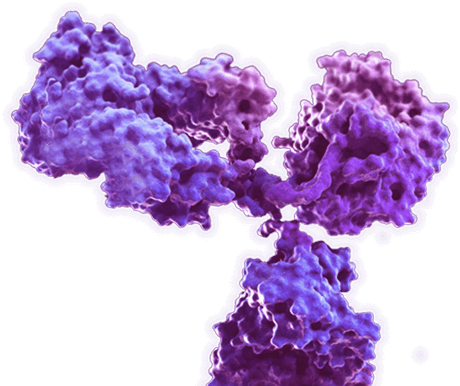Histone Cell Cycle Regulator
This gene encodes a histone chaperone that preferentially places the variant histone H3.3 in nucleosomes. Orthologs of this gene in yeast, flies, and plants are necessary for the formation of transcriptionally silent heterochomatin. This gene plays an important role in the formation of the senescence-associated heterochromatin foci. These foci likely mediate the irreversible cell cycle changes that occur in senescent cells. It is considered the primary candidate gene in some haploinsufficiency syndromes such as DiGeorge syndrome, and insufficient production of the gene may disrupt normal embryonic development.
Mouse Anti-HIRA Antibody (MOFAB-644W) (CAT#: MOFAB-644W)
-
- Host species: Mouse
- Species Reactivity: Arabidopsis, A. thaliana (Arabidopsis thaliana), Chimpanzee (Pan troglodytes), Frog (Xenopus laevis), Fruit fly (Drosophila melanogaster), Marmoset, Rhesus (Macaca mulatta), Zebrafish (Danio rerio)
- Application: WB, IHC
- Protein: Histone Cell Cycle Regulator
- Size: 100µL, 50µL
- Conjugate: NONE
- Alternative Names: Histone Cell Cycle Regulator, TUP1-Like Enhancer Of Split Protein 1, DiGeorge Critical Region Gene 1, TUPLE1, DGCR1, HIR (Histone Cell Cycle Regulation Defective) Homolog A (S. Cerevisiae)
For Research Use Only | Not For Clinical Use.



